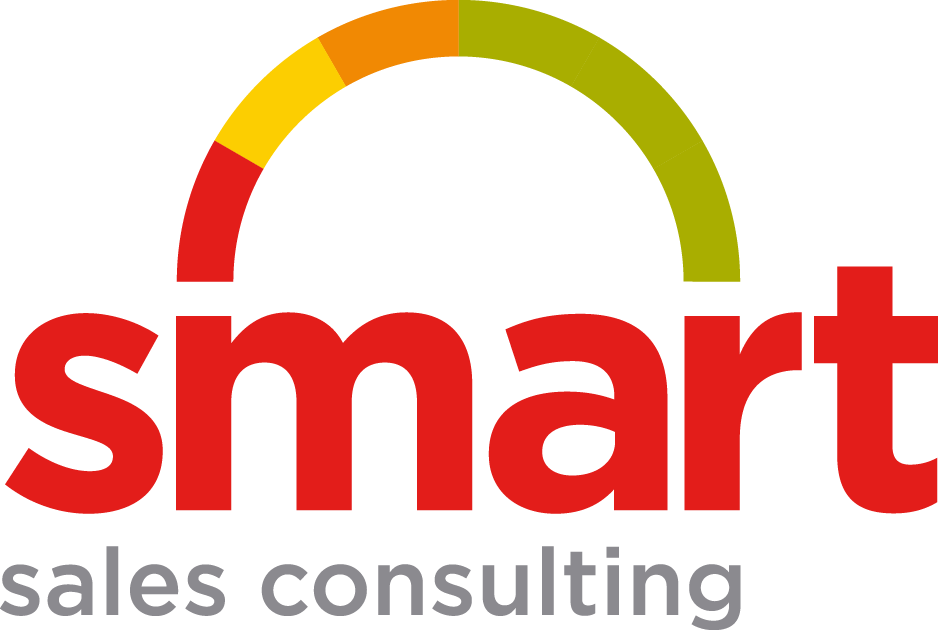How to Assess Return on Investments (ROI) for Sales Training Initiatives
Assessing the return on investment (ROI) for sales training initiatives is crucial to understanding the value and impact of your investment. At Smart Sales Consulting, we emphasise a comprehensive approach that considers financial metrics, qualitative feedback, and long-term benefits. Here's how we break it down:
£s Return per Salesperson Since the Sales Training Initiative
One of the most direct ways to measure ROI is by evaluating the monetary return per salesperson following a training initiative. This involves:
1. Pre-Training Baseline: Establishing a baseline of sales performance before the training. This includes average sales per person, conversion rates, and any other relevant metrics.
2. Post-Training Performance: Measuring the same metrics after the training. The difference in performance, attributed to the training, represents the return.
3. Monetary Calculation: Converting this performance improvement into monetary terms. For example, if a salesperson increases their sales by £10,000 per month post-training, this figure helps quantify the ROI when compared to the cost of training.
How Do You Evaluate Return on Investment?
Evaluating ROI involves a combination of quantitative and qualitative assessments:
1. Net Profit/EBITDA: Calculate the impact of the training on net profit or EBITDA. This provides a clear picture of how the training has influenced the overall profitability of the organisation.
2. Cost-Benefit Analysis: Compare the cost of the training program with the financial gains. This includes direct costs (training fees, materials) and indirect costs (time spent away from regular duties).
3. Repeat Engagements: Another indicator is whether clients ask us back for more training or coaching. Repeat business is a strong signal that the initial training was effective and valued.
How Do You Analyse Investment Returns?
To analyse investment returns, we focus on several key areas:
1. Net Profit: Calculate the increase in net profit attributable to the training. This involves looking at the incremental sales and reduced costs resulting from improved efficiencies.
2. EBITDA: Earnings Before Interest, Taxes, Depreciation, and Amortization (EBITDA) is another crucial metric. An improvement in EBITDA post-training indicates a successful investment.
3. Qualitative Feedback: Gather and analyse feedback from participants and stakeholders. This includes what aspects of the training worked well and what could be improved. Positive feedback and actionable insights contribute to the overall assessment of ROI.
How Do You Know if the Return on Investment is Good?
Determining if the ROI is good involves both objective and subjective evaluations:
1. Financial Metrics: A good ROI is typically quantified as a return that exceeds the cost of the training by a significant margin. This is often expressed as a percentage or multiple of the original investment.
2. Feedback Reports: Assessing feedback reports from participants helps gauge the effectiveness of the training. Reports that highlight improved skills, better sales techniques, and higher motivation levels indicate a positive ROI.
3. Long-Term Impact: Consider the sustainability of the improvements. A good ROI is not just about short-term gains but also long-term benefits such as reduced turnover, better team cohesion, and ongoing performance improvements.
How Do You Assess the Rate of Return?
The rate of return is a measure of the efficiency of the investment:
1. Cost vs. Return Over Time: Calculate the total cost of the training initiative and compare it to the financial returns over a specified period, such as six months or a year. This helps determine the speed at which the investment pays off.
2. Payback Period: Determine the payback period, which is the time it takes for the investment to generate enough profit to cover its cost. A shorter payback period typically indicates a more efficient investment.
Conclusion
At Smart Sales Consulting, assessing ROI for sales training initiatives involves a multifaceted approach. By combining financial metrics like net profit and EBITDA with qualitative feedback and repeat business, we ensure a thorough evaluation of the training's impact. A good ROI is characterised by significant financial gains, positive feedback, and sustainable improvements, all of which contribute to the overall success and effectiveness of the training programs we deliver.
